Capturing wildlife on camera is notoriously tricky, requiring a great deal of patience and luck to spot and shoot that perfect image. But if you put the time and research into it – along with keeping a few expert tips in mind – you have every chance of taking pictures of wild creatures and stunning natural landscapes that are worth framing.
Here is our expert wildlife photography guide on how to take shots worthy of a wall, written by award-winning wildlife photographer Chris Gomersall.
It is also possible to take good quality wildlife images using your camera phone. Practice on the garden birds or even pets can be great subjects on which to hone your skills.
Don't forget, this year's Countryfile Calendar competition is due to be announced on the show this Sunday.
How to take great wildlife photos
Capture eye contact
Eye contact can make your pictures more compelling, provided the animal doesn’t appear startled. Watch for that slight turn of the head and a ‘catchlight’ reflection in the eye to bring the subject to life.
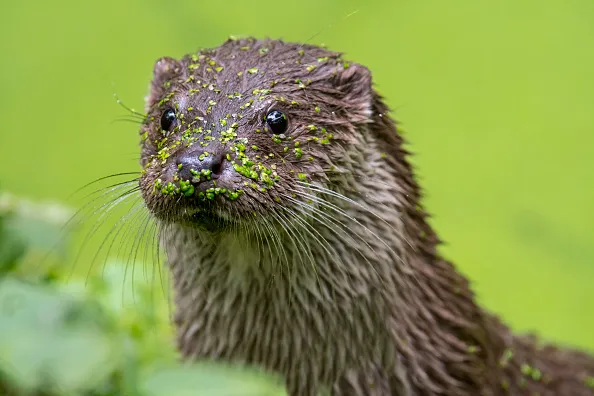
More related photography content:
- Landscape Photographer of the Year 2022
- Guide to Britain’s best locations for landscape photography
- Best places to photograph wildlife in the UK
Consider your backdrop
The background is every bit as important as the subject. It should complement but not compete with the animal you’re photographing, and if you can evoke the season, habitat or weather, so much the better. You might need to zoom out or change lenses to achieve the most sympathetic proportions.
[image id="7777" size="landscape_thumbnail" align="none" title="Red kite" alt="Red kite" classes=""]Watch for repeat actions
Watch for repeat behaviour, which will allow you to plan more ambitious shots. You’ll need a fast shutter speed to freeze this sort of action – this leaping red squirrel was shot at 1/8000s. If your camera is set to a simpler mode, then select the ‘sports’ option for dealing with wildlife action.
[image id="7778" size="landscape_thumbnail" align="none" title="red_squirrel_hires_DAB1160-3b5a5c9" alt="red_squirrel_hires_DAB1160-3b5a5c9" classes=""]
Capture close-up shots
We’ve already talked about framing wide to show an animal in its environment but sometimes it’s good to do the opposite: get in close and frame tight. Strip away all those elements that aren’t adding anything to the photograph and concentrate attention on the interesting bits. Often that’s the eyes of the subject, but there’s no harm in introducing a little mystery by looking elsewhere.
[image id="7780" size="landscape_thumbnail" align="none" title="Red deer" alt="Red deer" classes=""] [highlight-box attachment="99952"]More related content:
- Podcast: How to take great outdoors photography
- Natural phenomena to spot in autumn
- 30 years of the BBC Countryfile Calendar
Oh Dear! by Francisco Terreros/Credit: BBC Countryfile Calendar 2022 (October winner)
Choose your light direction
Try to be aware of light direction and how it can affect the mood of a photograph. Side lighting helps to show modelling and reveal surface texture, while back light can introduce drama or romance. Make the most of low sunlight at the beginning and end of the day for long shadows and warm glows.
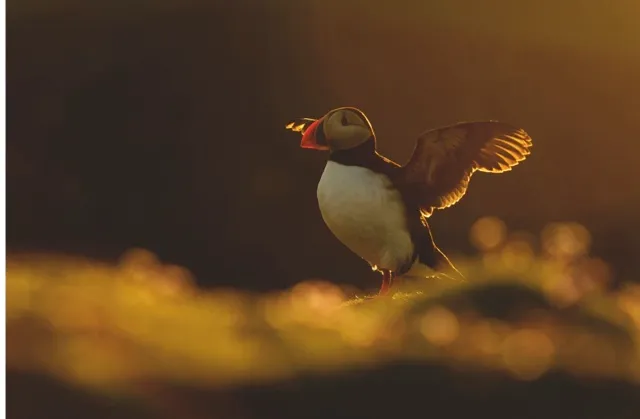
Choose a focal point
Consider subject placement carefully, don’t just default to the centre point out of convenience. Master the art of ‘focus, lock, compose’ to break the habit of cross-hairs targeting. Generally speaking, it’s best if the animal is looking or moving into space within the shot, rather than out of the frame.
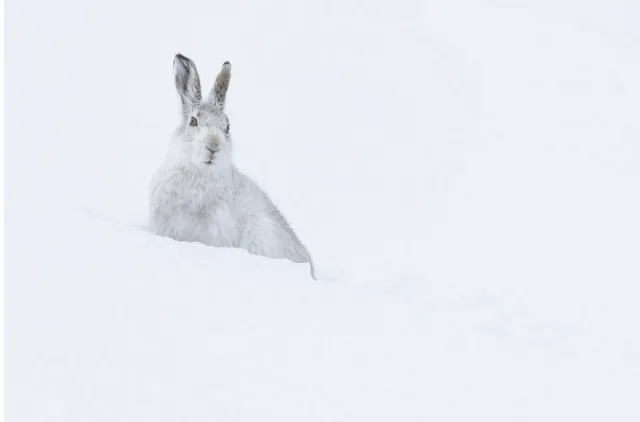
Stand back
You don’t always need a monster telephoto lens to make great images of wildlife. For example, with murmurations of starlings at dusk or wading birds at their high-tide roost, it’s the shape of the flock that’s most interesting – it’s not important to see plumage detail – and a standard kit lens is often sufficient for this.
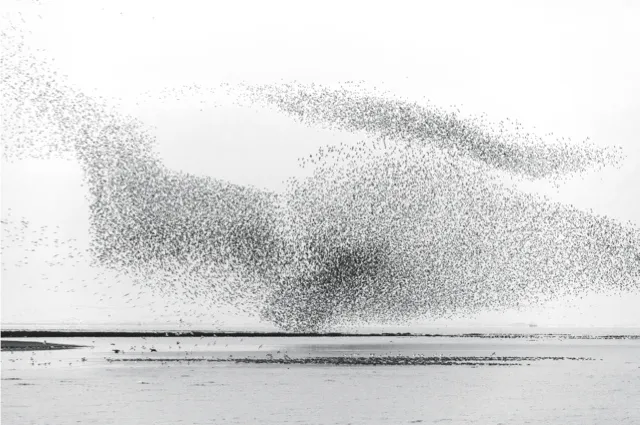
Don't be put off by bad weather
Don’t give up when the weather turns bad. Hostile conditions frequently give rise to the best photographs, so long as you can keep yourself and your equipment protected from the elements. Vary your shutter speed during rain and snow, using slower speeds for longer streaks.
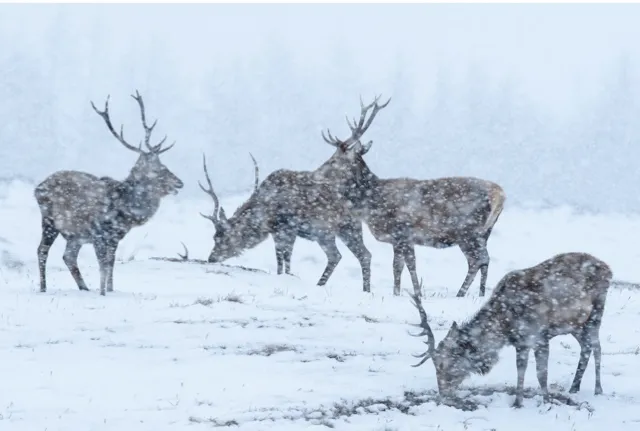
Know your local patch
Learn how to identify wildlife
It will help you identify and locate subjects (you can cheat by referring to a sound guide app).
Photo in focus: Common whitethroat
“There are no heroics, epic travels or terrible hardships behind this picture. It’s simply the result of knowing my local patch, patient observation, and repeat effort. Whitethroats are common summer visitors throughout the British Isles, often associated with farmland and hedgerows. The males tend to return to a few favourite song perches and, as long as they feel safe, they soon ascend to a high vantage point to proclaim their territory. Once I’d identified the best spot, it was just a matter of waiting quietly for normal service to resume. And then doing it again and again until I was happy with the light and composition.
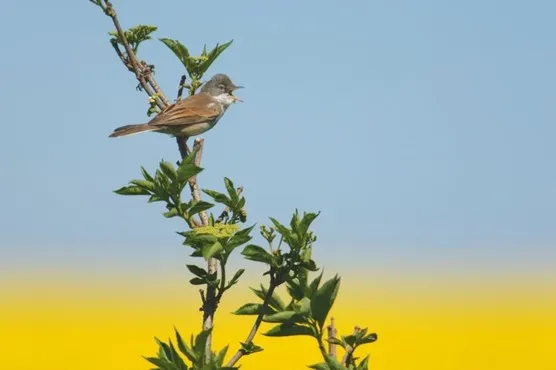
“My favourite photographs are those made from ‘basic ingredients’ and commonplace situations, where I’ve been able to imagine the finished product and then achieve something approaching that ideal. The goal is to capture the essence of the subject in a way that will resonate with the viewer. I want people to say ‘Yes, that’s exactly how I remember a whitethroat’.”
Key points:
- The bird is positioned at a compositional power point,
roughly at an intersection of thirds (right). - Its singing references seasonal behaviour and adds interest.
- The image is framed wide to incorporate key elements of the environment.
- Inclusion of oilseed rape at bottom of the frame suggests lowland arable habitat.
- Complementary primary colours (blue/yellow) says spring.
Main image: Close up of Atlantic puffin in flight in a coastal area/Credit: Getty